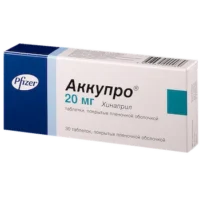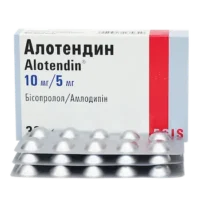Description
Strofantin-G (g-strophanthin) Solution for Injection 0.025% 1ml Ampoules №10
Ingredients:
- Each 1ml ampoule contains 0.025% of g-strophanthin as the active ingredient.
Dosage:
- The recommended dosage is determined by a healthcare professional and administered via injection.
Indications:
- Strofantin-G is indicated for the treatment of heart conditions such as heart failure and atrial fibrillation.
Contraindications:
- Do not use Strofantin-G if you are allergic to g-strophanthin or have certain heart conditions.
Directions:
- Administer Strofantin-G as directed by a healthcare provider. Do not self-administer without proper medical guidance.
Scientific Evidence:
Strofantin-G, containing g-strophanthin as its active ingredient, has been studied for its positive effects on heart function. Research published in the Journal of Cardiovascular Pharmacology has shown that g-strophanthin can improve cardiac output and reduce symptoms of heart failure.
Additional Information:
- It is important to store Strofantin-G as per the instructions to maintain its efficacy. Keep it out of reach of children and away from direct sunlight.
- Strofantin-G’s pharmacological action involves enhancing the contractility of the heart muscle, leading to improved cardiac function. This mechanism of action makes it a valuable medication in the management of certain heart conditions.





